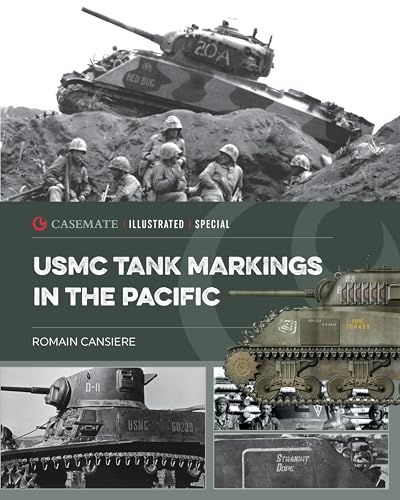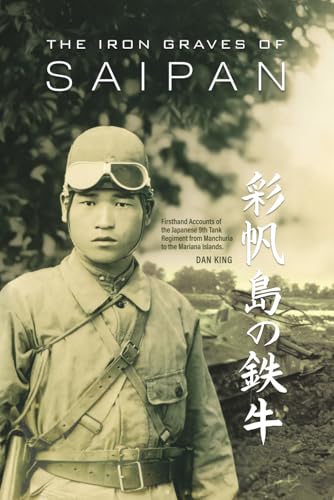
World War II Japanese Tank Tactics
by Gordon L. Rottman
Popularity
4.36 / 5
* A book's popularity is determined by how it compares to all other books on this website.
Where to buy?
Buy from Amazon* If you buy this book through the link above, we may receive a small commission at no extra cost to you.
World War II Japanese Tank Tactics by Gordon L. Rottman
Details
War:
World War II
Perspective:
Tanks
Biography:
No
Region:
Asia
Page Count:
186
Published Date:
2011
ISBN13:
9781780961446
Description
Main Themes and Topics
"World War II Japanese Tank Tactics" by Gordon L. Rottman delves into the often-overlooked aspect of Japanese military history: their tank tactics during World War II. This book offers a comprehensive overview of the development and deployment of tank units by the Japanese Army and Navy. Rottman explores how these units were utilized in various conflicts, starting with their initial success in Manchuria during the 1930s. A significant portion of the book is dedicated to detailing the evolution of Japanese tank strategies as they faced formidable opponents like the Chinese, Russians, British, and Americans. This study illuminates the adaptations and innovations in tactics that were unique to Japanese armored forces during the era.
Writing Style and Tone
Gordon L. Rottman is known for his clear and concise writing style, and "World War II Japanese Tank Tactics" is no exception. He leverages his expertise as both an author and tactician to present complex military strategies in an accessible manner. The tone is informative and analytical, providing readers with a well-researched viewpoint on Japanese armored operations without overwhelming them with excessive military jargon. Rottman's approach allows readers from various backgrounds to appreciate the tactical nuances of Japanese tank warfare.
Brief Summary
"World War II Japanese Tank Tactics" serves as the first English-language study dedicated to Japanese tank units and their methods of combat during the Second World War. The book details early Japanese campaigns in the 1930s, particularly in China, which laid the groundwork for their subsequent strategies. Rottman provides insights into how these early successes and encounters shaped the Japanese approach to armored warfare. Throughout the book, readers gain a thorough understanding of the changing tactics and challenges faced by Japanese tank forces as they engaged with various adversaries, ultimately leading to their defeat. This book is an essential read for those interested in military history and the specific role of armored units in Japanese military operations.









